No products in the cart.
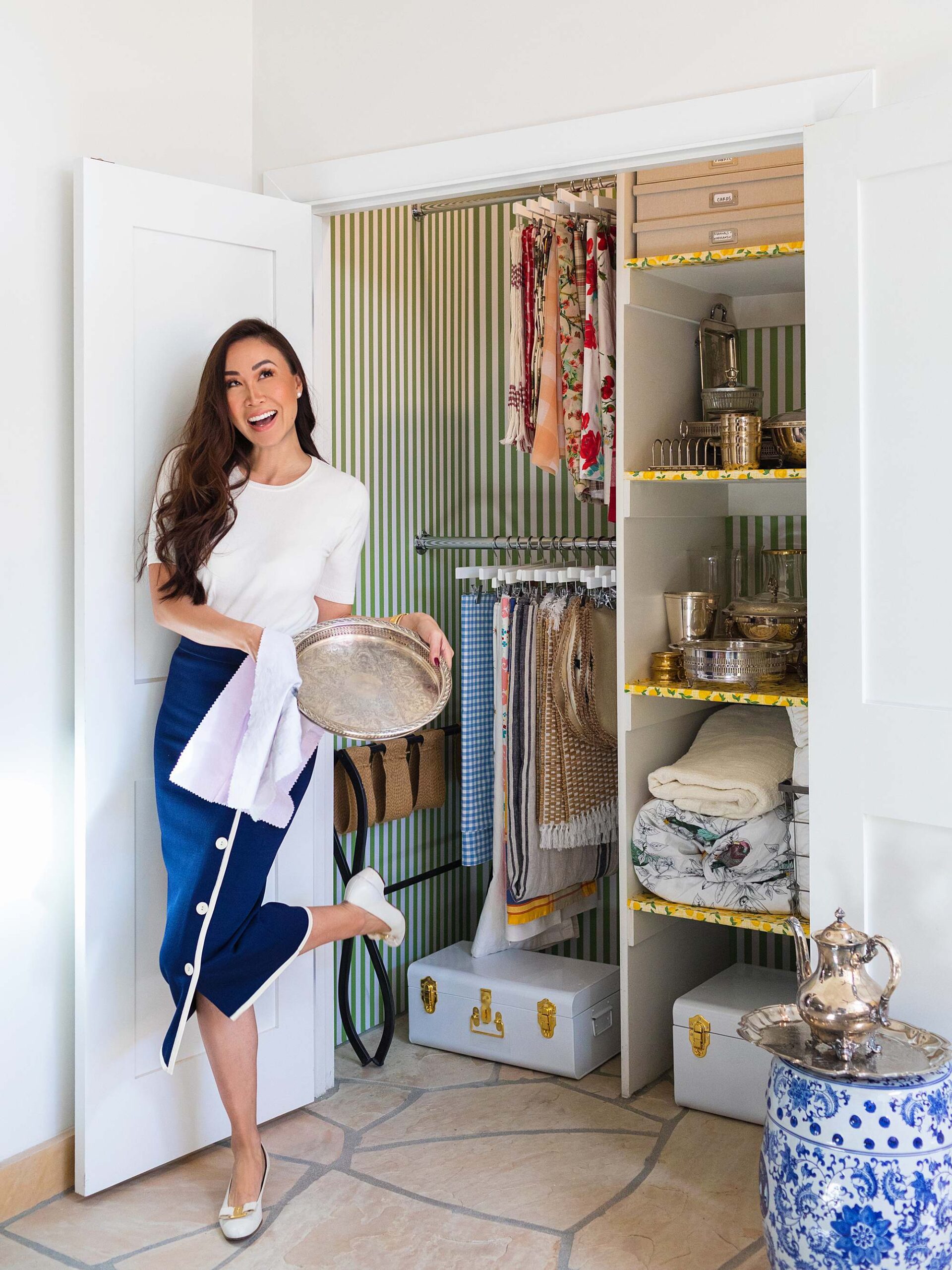
Wallpaper 101: Pros and Cons of Removable and Traditional Wallpapers
Thinking about diving into the world of wallpaper? Here are the pros and cons and tips for install for removable wallpaper and traditional wallpaper. Let me share my thoughts so you can make the right decision for your project.
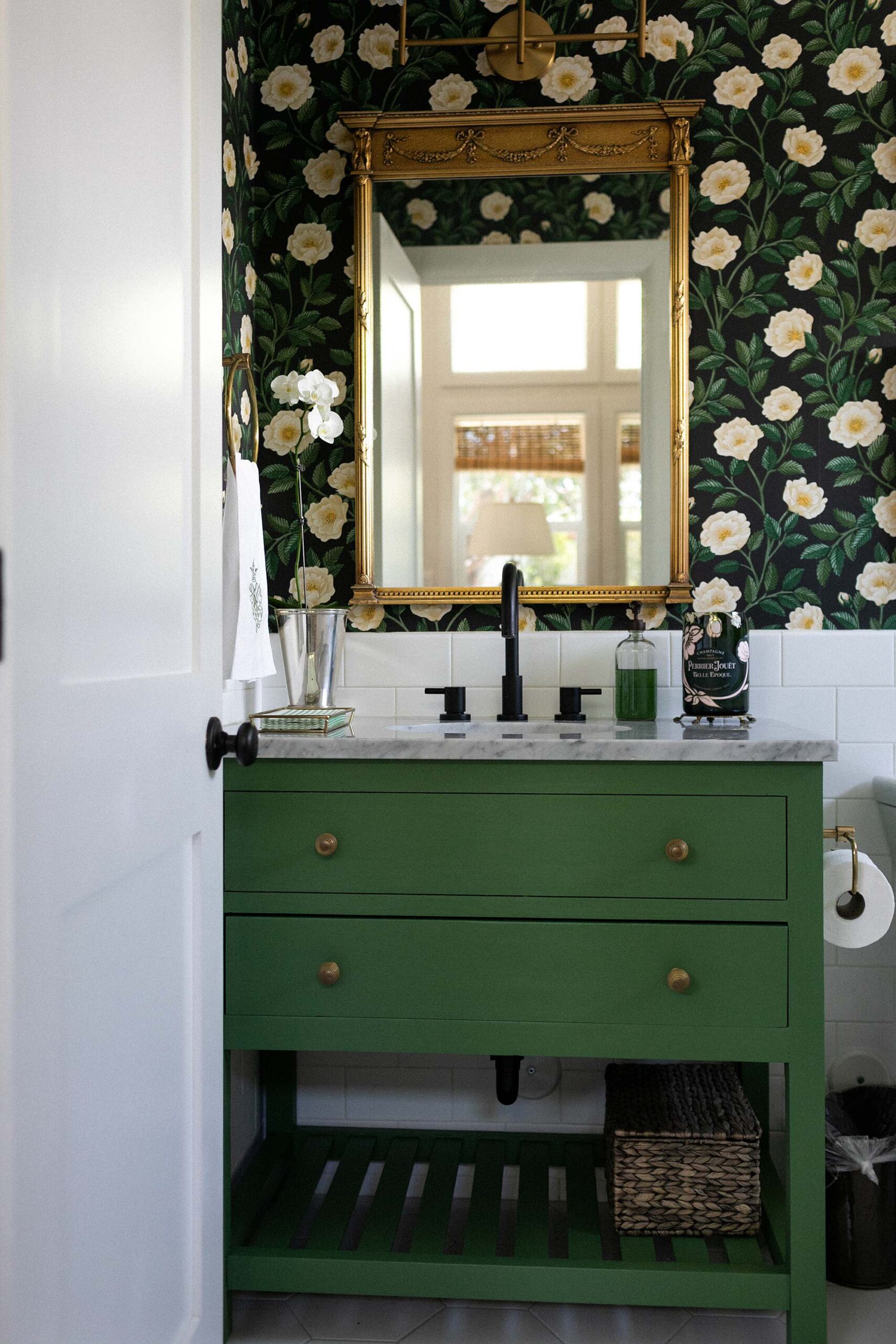


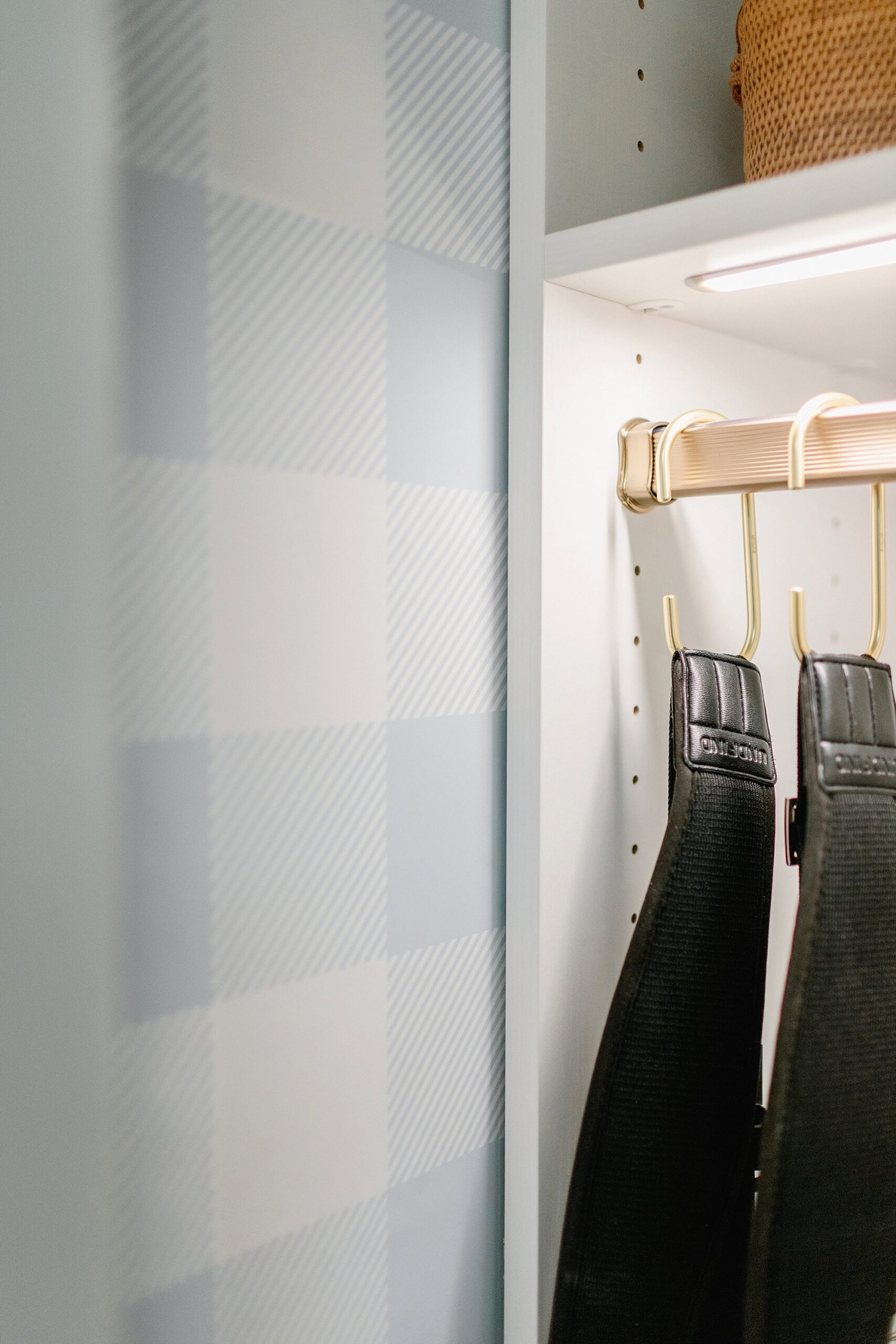


Our rooms and spaces (with links bolded) that have wallpaper and what type of wallpaper:
- Laundry/mud room, traditional non-pasted (must paste the wall)
- Guest bathroom, traditional non-pasted (must paste the wall)
- Benjamin’s cloffice, traditional non-pasted (must paste the wall)
- Diana’s cloffice, removable
- Entertaining Party Pantry, removable
- Diana’s master dressing room, grasscloth traditional non-pasted (must paste the wall)
- Behind the Murphy bed, paper traditional pre-pasted (water activated back)
- Master reach-in closet, Benjamin’s new closet, paper traditional non-pasted
When I die and people go through my sweet home they are going to think, wow another wallpapered room! And I will be chuckling from above.
I get asked about different types of wallpaper and I want to share pros and cons and tips on how to install so you can make the best decision for your space.



Pros, Cons and Install TIPS


Removable wallpaper
Description: Wallpaper with an adhesive backing like a giant sticker, renter friendly (but be aware it will still take off paint), and temporary.
Some adhesives are going to peel off the wall paint under. Don’t use these for bathrooms as the steam will make them roll off quicker, depending on the adhesive strength.
Pros include: “Temporary” depending on the cheapness, and good for beginners, but that’s debatable depending on skill. Ideal for children’s rooms because of the wipe down ability. No prep work for the walls, just rip off the adhesive backing and stick.
Cons include: Must adhere to smooth walls or you will see bumps. If it’s a strong thick adhesive (which means it’s a great wallpaper) it will more than likely rip off layers of paint when adjusting it, or removing it. Bubbles, lots of bubbles and no ability to reposition unless you have a much cheaper wallpaper. Also lack of sophisticated timeless prints available.
Application: Tape or thumb tack (if you are OK with holes) in place and start from one end down carefully peeling it.
Difficulty Level: 4 if you have a weak adhesive wallpaper like from Target, 6 if you are precise and artistic, 8 if it is high quality and tacky and you are new to removable wallpaper.
Important notes: I find temporary wallpaper to be trendy prints that should be removable because you will grow tired of it within a few years unless you have an eye for the classics and can find them in a great quality. Ask for a sample to determine adhesive strength. If you have a bubble or crease you are better of using a razor blade and slicing it or poking a hole to get the air out. Otherwise you may see ripples.
TRADITIONAL WALLPAPER
Description: Traditional non-pasted wallpaper, or pre-pasted which has the dried glue on the back that is activated with water.
Pros include: Classic, timeless designer wallpaper such as Lee Jofa, Cole and Sons, Schumacher, wallpaper of quality and gorgeous prints. The ability to readjust and “slide” wallpaper into place.
Cons include: Prep work of a wallpaper primer, pasting the wall (both like rolling on paint). Cost of higher end wallpaper, $150-$500+ a roll. I do not count removal of traditional wallpaper as a con, as I believe removable wallpaper of quality (very sticky) will also ruin walls. I have removed traditional wallpaper by steaming it off and I came off clean in a sheet with just the need to sandpaper the wall smooth.
Application: Paste the wall with a wallpaper adhesive like a glue, roll it on like rolling paint, very thick and use proper tools to smooth and cut. For pre-pasted walloper you spray the back with a water bottle and let it rest, called “booking” for a few minutes before adhering to the wall.
Difficulty level: 5 for the artistically creative, DIY. 6/7 for beginners.
Important notes: Always use a wallpaper primer, it will protect your walls and tint it the same color as the background of your wallpaper to hide seams. Application doesn’t need to be precise, you don’t need to get into edges or corners. Read this blog post for more info about preparing for traditional wallpaper. Use for a small space if you are worried about budget.
My choice
If you own your home, I would buy traditional wallpaper if you are in love with a specific print. It will be better in the long run and if you are worried about not liking it later and wanting to remove it, you’re picking the wrong wallpaper.
Removing wallpaper whether removable or traditional will both be annoying (unless you bought something cheap with low adhesion). So just go with a classic designer in a gorgeous print and enjoy living with it! To me wallpaper is like paint. How often do you repaint? That’s about how often you would wallpaper or less so the pain of install and cost is worth it and it makes a better bang in terms of impact!
If you are renting, then temporary wallpaper but be aware that you may have to deal with light spackling of the paint that may come off during removal.

FAQ about wallpaper
What is the best wallpaper to use for a rental?
A mild adhesive wallpaper, get samples and stick them to your wall to see. I would assume Target or something like that would be easy to remove because they might fall off the wall before you need to rip them off. If they do rip off part of the wall, you can easily fix with a light wall spackle.
What is a good company for removable wallpaper?
Livettes is excellent I have worked with the brand when I discovered wallpaper and the wallpapers are excellent quality of thickness and has a slight texture (you would like it) instead of a shiny shelf liner look. Great customer service.
I’m scared of getting tired of my wallpaper where should I start?
Someplace small, for me it was my closet. If you put it in a place you don’t see often you will have less chance to get sick of it, and if you make a mistake you won’t see it that often. But I put it in our laundry mud room which we pass through multiple times a day as our entry/exit and it makes me so happy to see a gorgeous room covered in wallpaper!
Why should I use traditional wallpaper?
I find traditional wallpaper prints timeless and easier to work with during install with the ability to slide it in place, pull off to readjust too.
How do I hang traditional wallpaper?
Read my post about how to hang wallpaper using paste the wall method. Adhesive wallpapers will have instructions on how to hang. Remember to prep the wall with a wallpaper primer, it will also prevent wallpaper from shrinking and showing seams and protect your walls a bit.
Where do you buy traditional wallpaper?
L.A. Design Concepts, Decorators Best (this is where I bought mine but had some issues with Lee Jofa but it was remedied because they order through Kravet), Kravet (may only be for the trade but you can browse prints).
Additional places to purchase from: Serena & Lily, Ballard Designs, Society Social, Wallpaper Direct.
What are some good traditional wallpaper designers/brands?
My personal favorites for timeless style: Brunschwig & Fils, Cole & Son, Schumacher, Scalamandre, Lee Jofa, Gucci, Missoni, Thibaut, York.
What if I have textured walls?
I personally would not install wallpaper over any textured walls, you cannot hide the texture.
How do I know where to start to wallpaper in a room?
I draw out the room with measurements to see where the seams will land, over doorways or windows (so there are no surprise skinny 1″ strips), imagine the view when I walk in, and see if I should start in one side or the other.
If you are wallpapering an entire room, I would have the paper meet in the back corner behind the door so no one sees it when they first walk in. It won’t match up perfectly there but it will be in the door corner.
Would you install wallpaper in a bathroom?
I would if you don’t use it often, like a guest bathroom or powder room where the humidity will be low. Otherwise I would not as the humidity would either mold or weaken the glue continually and it might come off. This is where the strong adhesive removable wallpaper would come in handy! But it must be strong!
Or you can find any synthetic wallpaper like a faux grasscloth and use a wallpaper primer that is geared toward bathrooms for anti mold.
GET YOUR TOOLS TO START WALLPAPERING

- Wallpaper smoothing tool kit (the blue and red came in so handy! I loved the blue)
- Utility knife and lots of blades (use a new blade every cut)
- Paint roller, tray, and rollers (here’s a kit)
- Large sponge
- Smoothing brush
- Seam roller
- Wallpaper adhesive – for paint the wall method (please check to make sure your wallpaper is OK with paint the wall method). I used over a gallon for my laundry room
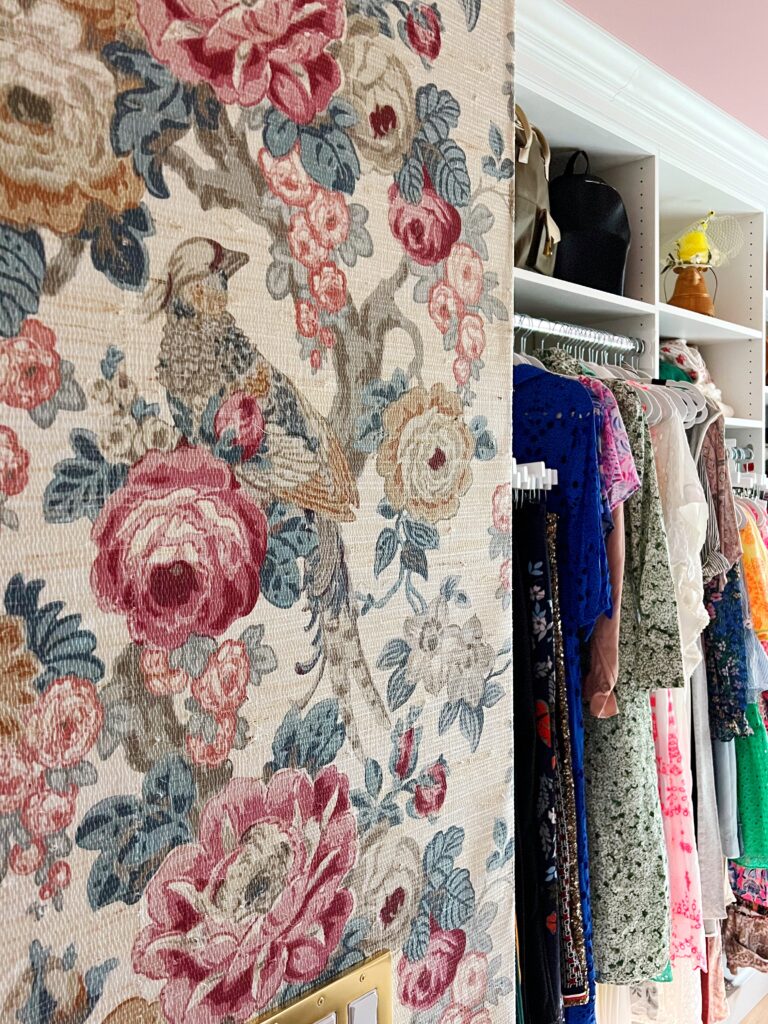
Have fun! It’s not as difficult as you think and practice makes perfect. I think starting in a closet that is not seen is the best place to start and a fun surprise to an otherwise boring storage space!

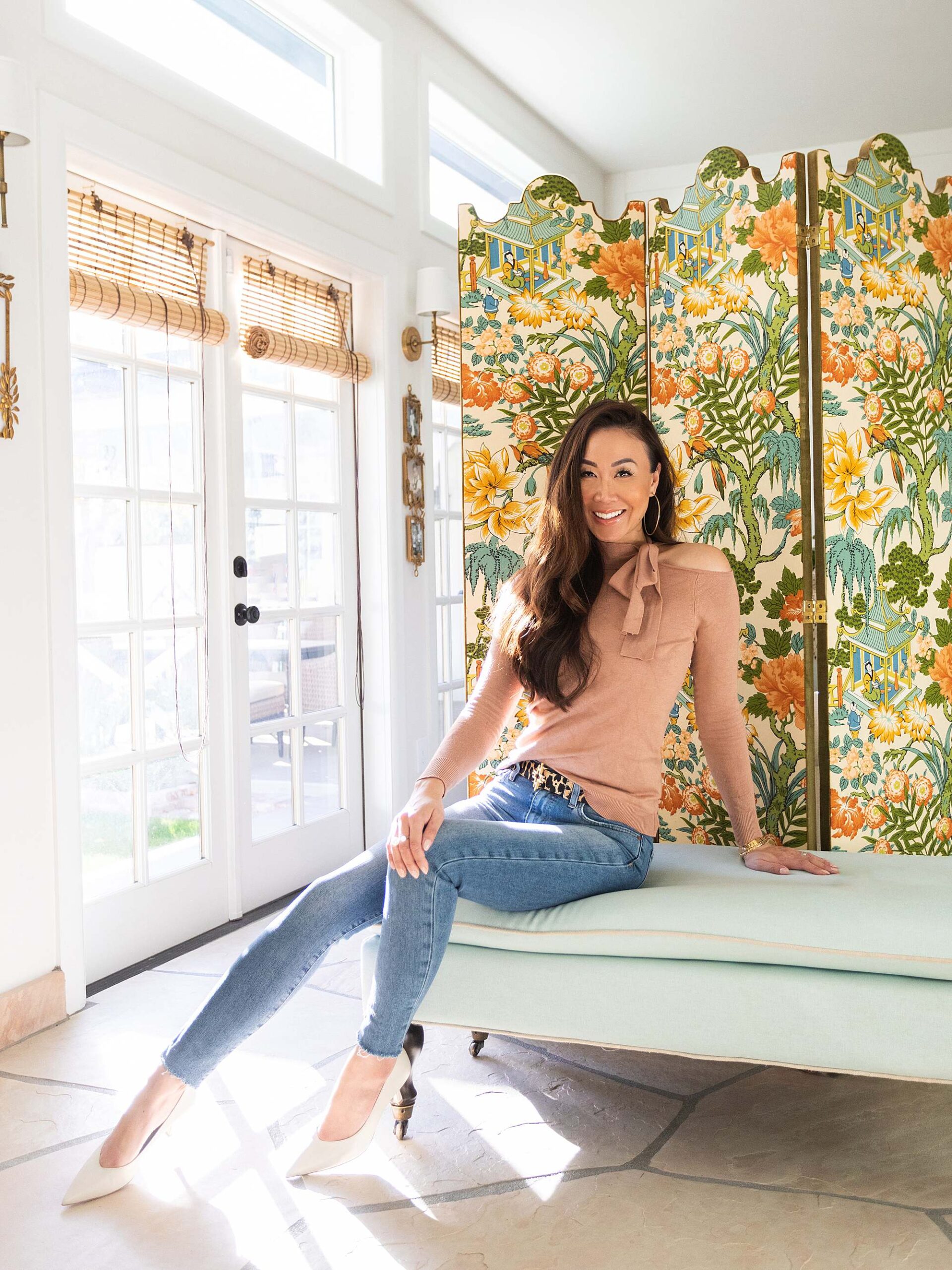






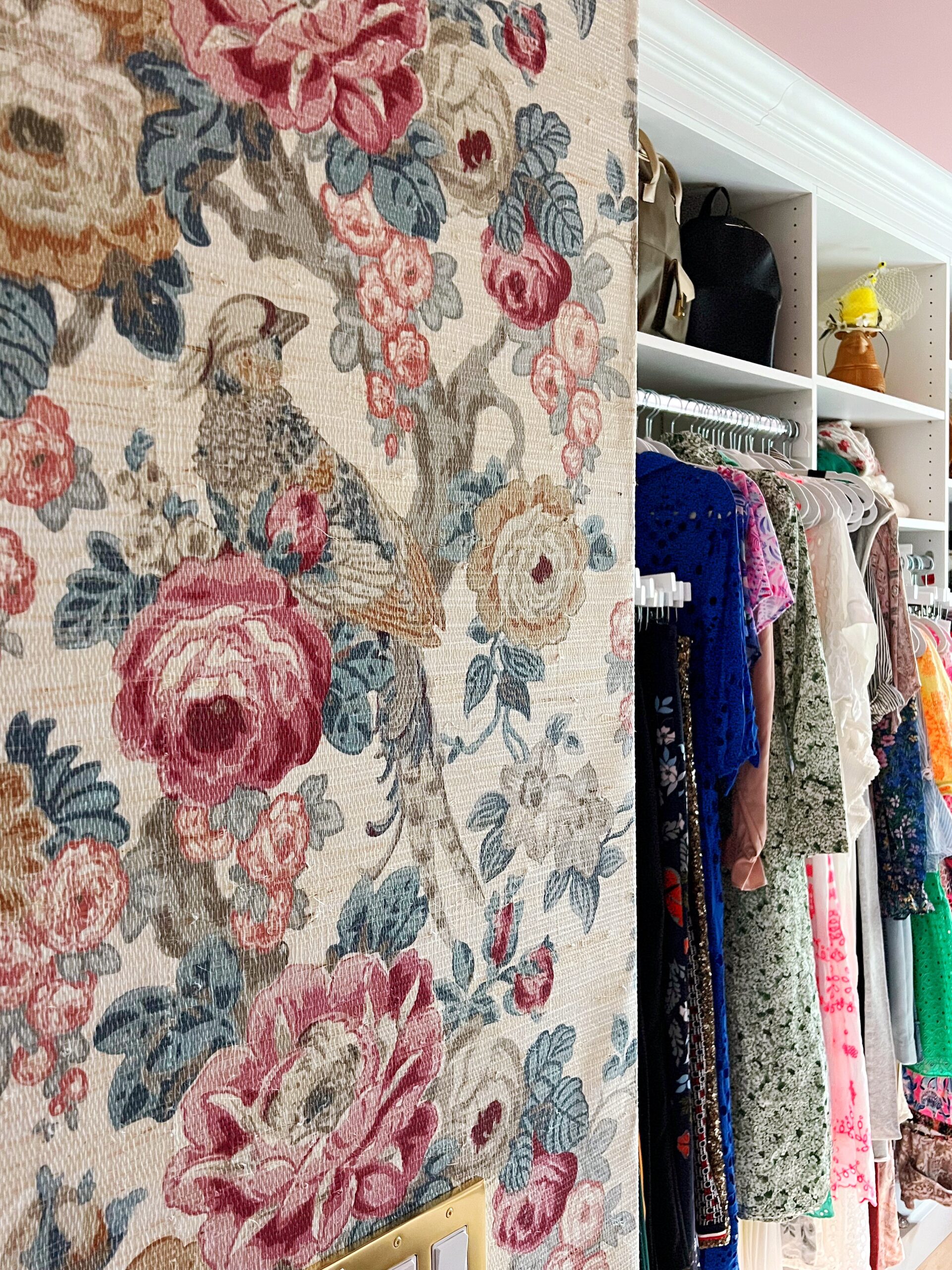



POST COMMENT